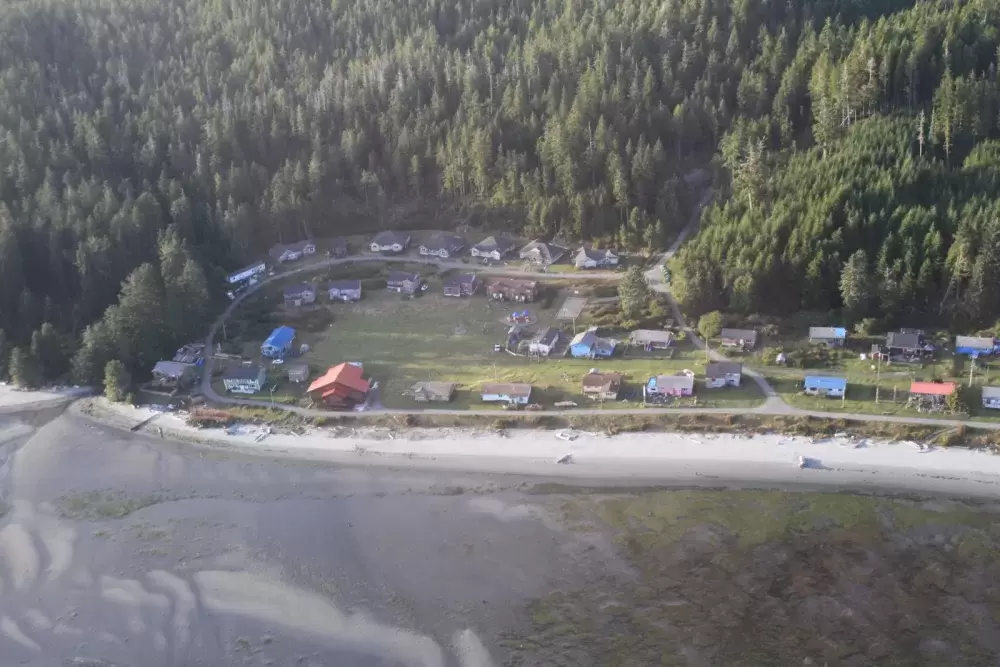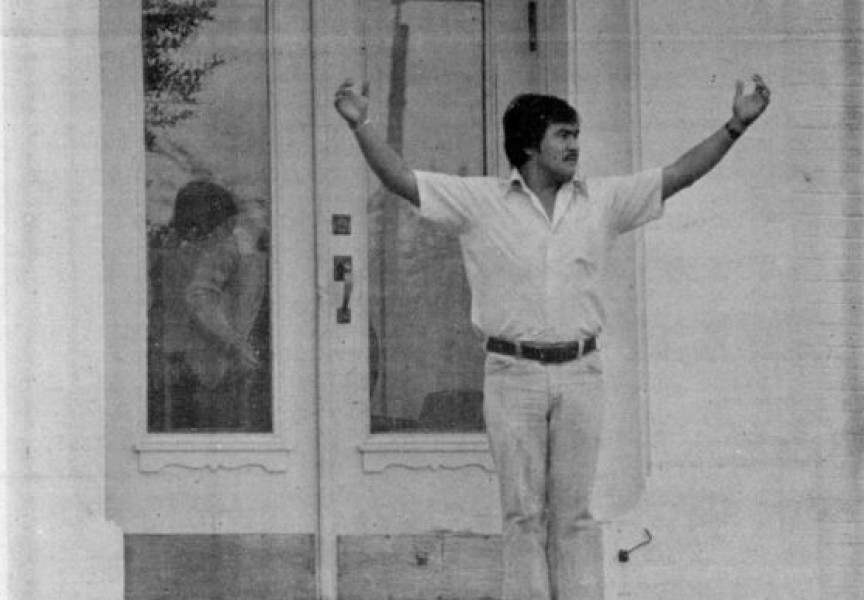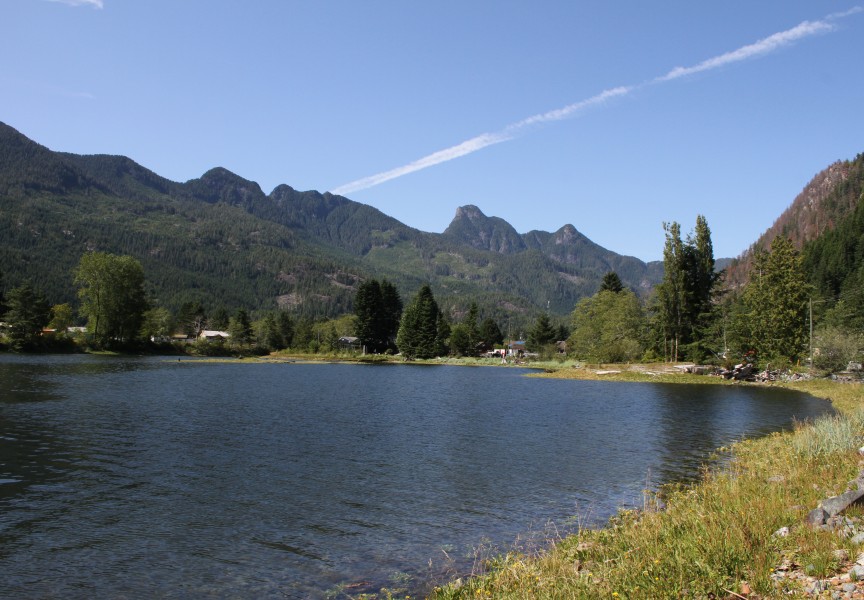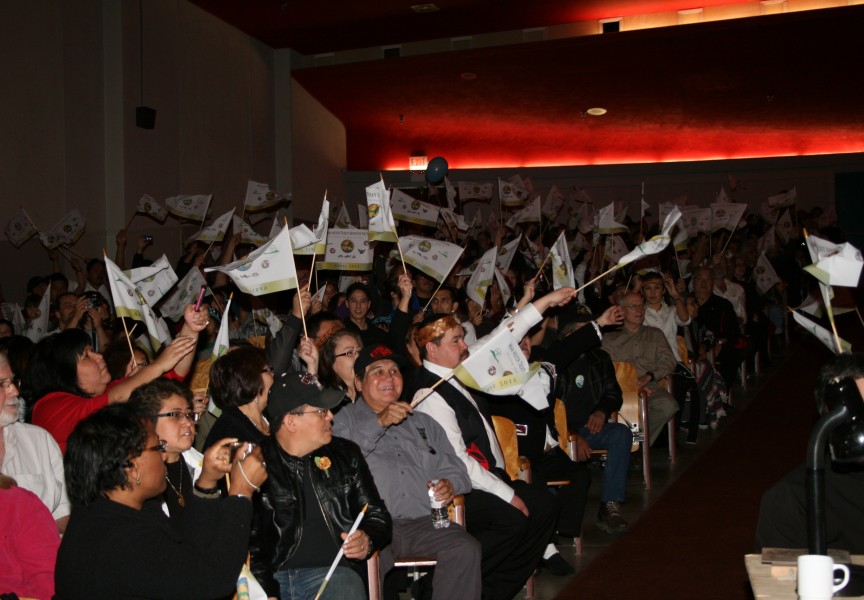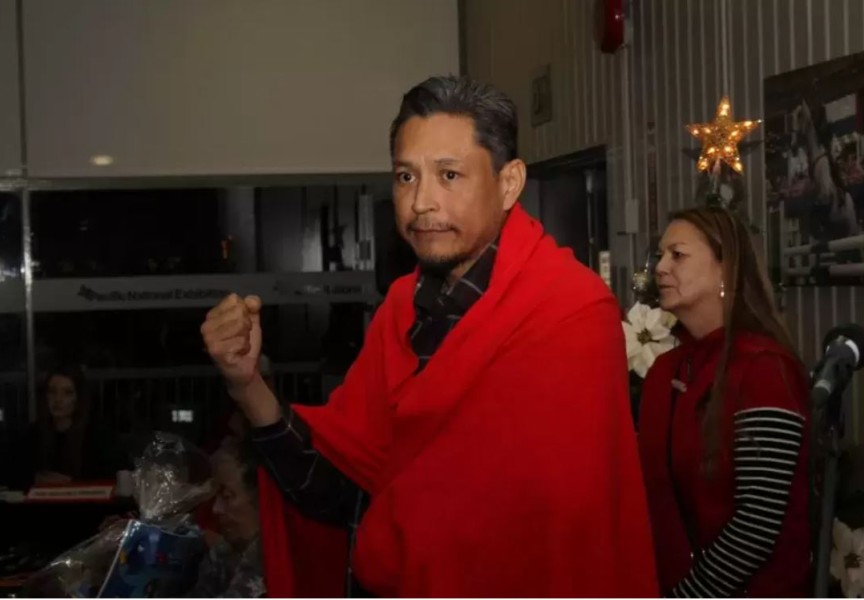Tla-o-qui-aht First Nation signed an agreement with the province that will guide future negotiations of reconciliation on Oct. 14.
Located on the west coast of Vancouver Island near Tofino, the Nuu-chah-nulth nation has long been fighting to be acknowledged in their pursuit of reconciliation.
"The signing of this important document represents 19 years of discussions," said Tla-o-qui-aht First Nation Elected Chief Moses Martin, in a release. "We are pleased that we are finally moving forward on the path of reconciliation.”
The hisiikcumyin pathway agreement will focus on a range of issues, from sustainable land stewardship, to protection of cultural heritage. Priority topics that have been outlined include the development of an economic diversification strategy for community-based job creation, Tla-o-qui-aht’s stewardship of its tribal parks, language preservation and revitalization, as well as land transfers, among others.
Not to be confused with a treaty agreement, Tla-o-qui-aht First Nation Tribal Administrator Jim Chisholm stated “we’re not relinquishing any of our rights.”
This progress demonstrates the province’s willingness to “sit down and recognize that there are things owed back to First Nations,” added Chisholm.
“It just sets the ground rules for how we're going to negotiate going forward,” he said. “It's a pretty basic document. There’s nothing earth shattering in it.”
The hard work, he said, is yet to come.
hisiikcumyin (pronounced his-seek-to-me-un) means “the way we should go” in Nuu-chah-nulth. The name highlights the province’s commitment to the nation to “move forward together on matters vital to a prosperous future,” the Ministry of Indigenous Relations and Reconciliation said in a release.
"Our work together must live up to the name of the agreement, that we will work together,” said Murray Rankin, minister of Indigenous Relations and Reconciliation. “We will work side-by-side on matters like economic development and environmental protection – items vital to the nation and everyone in the region.
Outlining the nation’s “wants and needs” will be a lengthy process that will involve collaboration with community members, Tla-o-qui-aht Ha’wiih (hereditary chiefs) and elders, said Chisholm.
The next step is to sign a pathway agreement with the federal government, he added.
“There's a certainly a more genuine interest [from] the governments to reconcile,” said Chisholm. “The pathway agreement is basically the start.”

